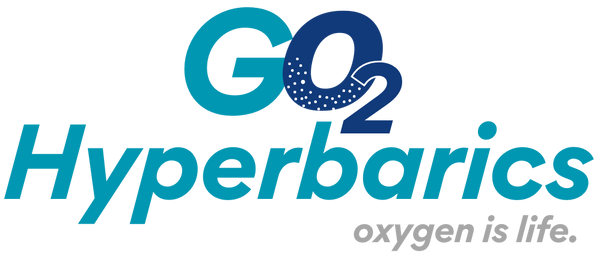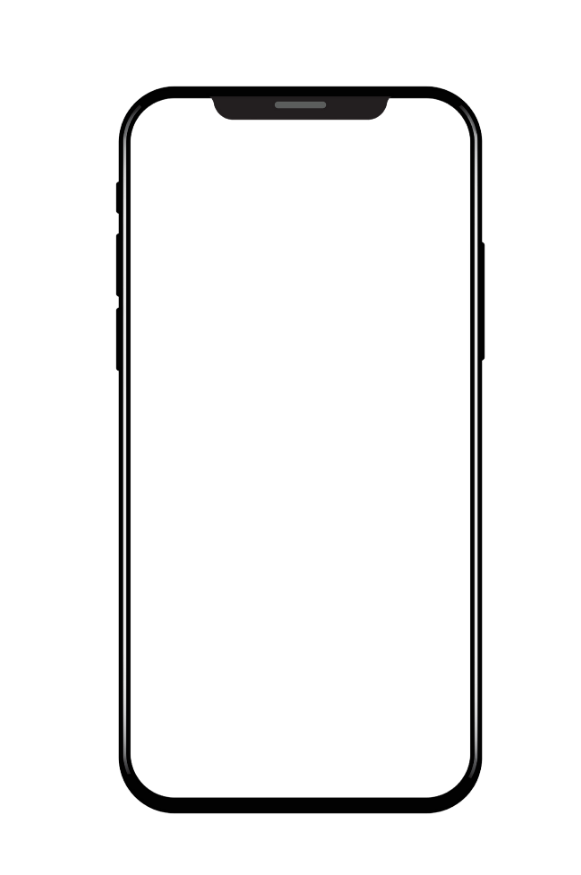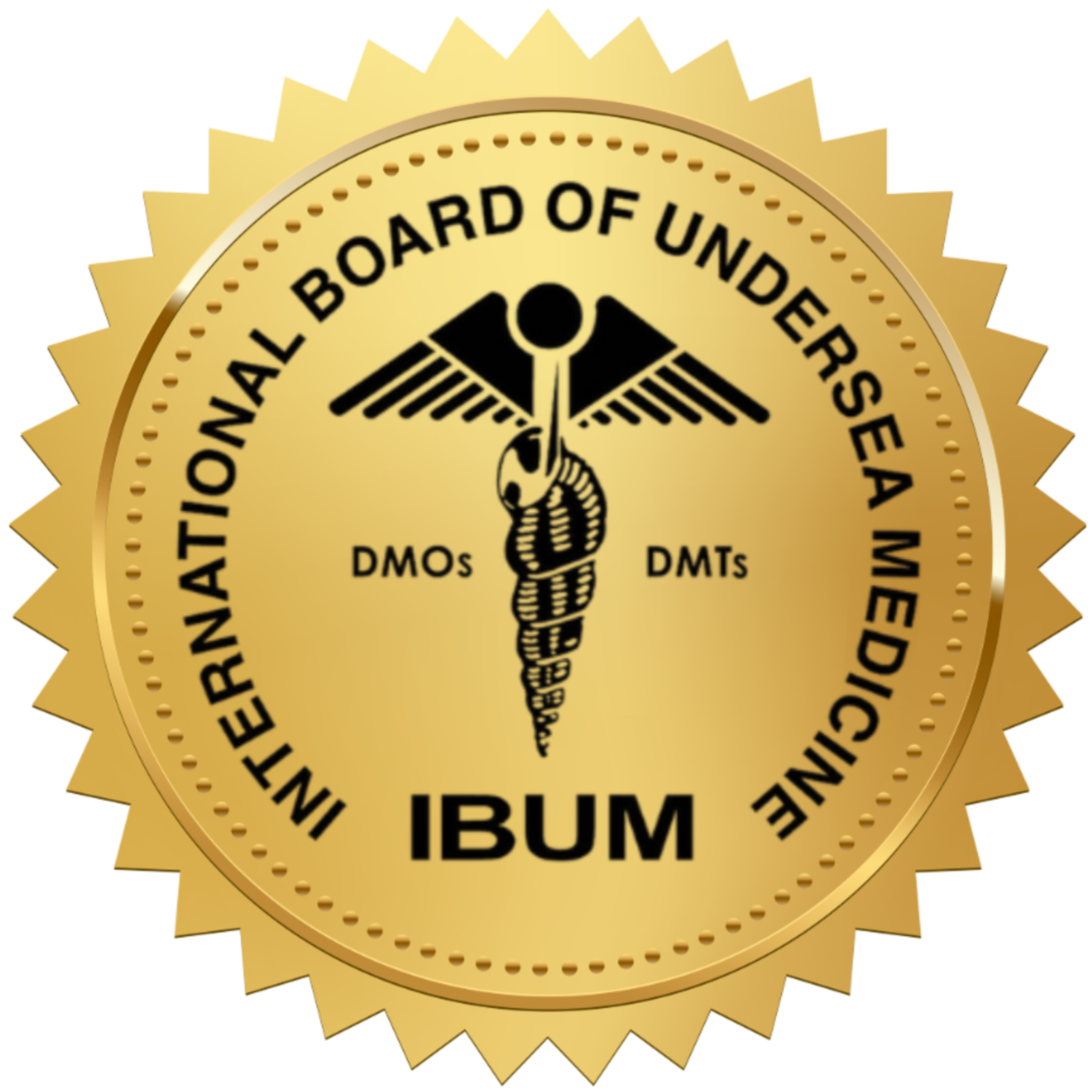Typically, HBOT uses air-filled chambers where patients breathe pure oxygen through masks or hoods. The chamber is pressurized with compressed air, maintaining a safe environment while delivering high oxygen concentrations to the lungs.
In air-filled chambers, patients inhale +90% oxygen, but the surrounding atmosphere remains standard air (about 21% oxygen). This setup balances efficacy and safety. The increased pressure (often 2 times atmospheric) allows more oxygen to dissolve in the blood plasma, aiding tissue repair without exposing the entire body to pure oxygen.
Conversely, 100% oxygen-filled chambers, where the entire environment is pure oxygen, are highly dangerous and rarely used in medical practice. The primary risk is fire hazard: pure oxygen environments accelerate combustion, and even a small spark (e.g., from static electricity or equipment) can ignite catastrophic fires. Historical incidents, like the 1967 Apollo 1 tragedy, highlight this danger, where a pure oxygen cabin led to a deadly fire. Additionally, prolonged exposure to 100% oxygen can cause oxygen toxicity, leading to seizures, lung damage, or vision issues.
Modern HBOT prioritizes air-filled chambers with controlled oxygen delivery to mitigate these risks. Facilities adhere to strict safety protocols, including fire suppression systems and spark-free environments. While 100% oxygen chambers might seem efficient, their dangers far outweigh benefits. Air-filled chambers, combined with targeted oxygen delivery, provide a safer, effective approach, ensuring patients receive therapeutic benefits without compromising safety.






